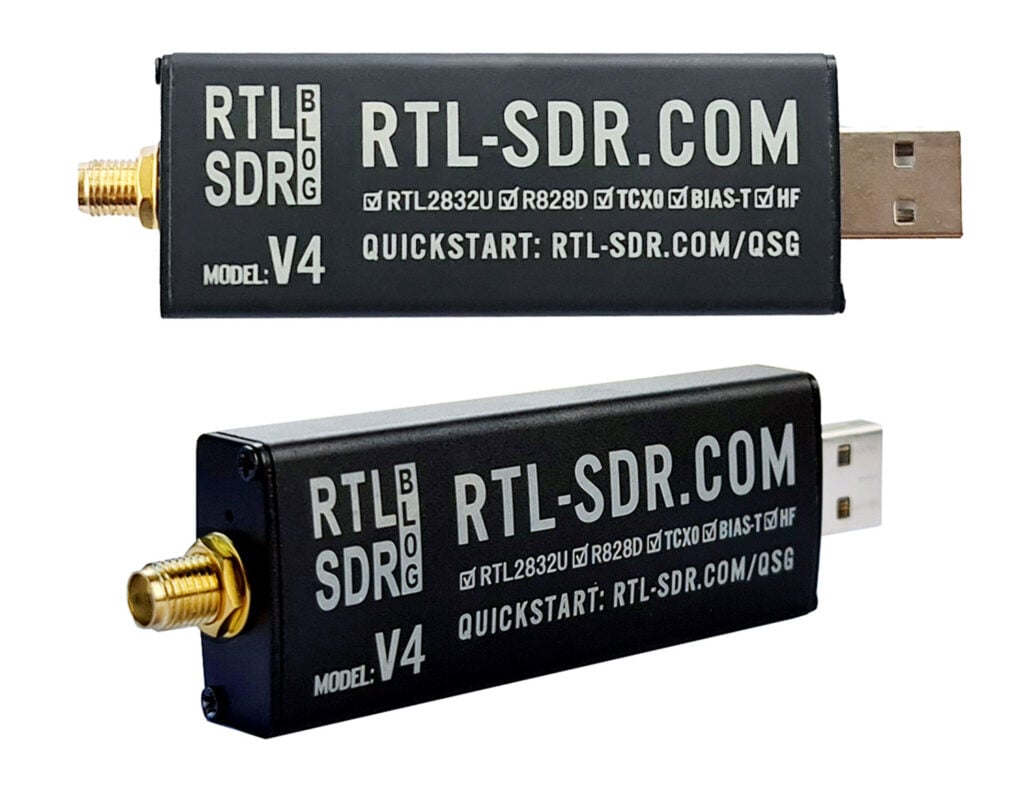Chris Broekema
Introduction
In radio astronomy we have a keen interest in the RFI environment of the locations where we put our instruments. Generally this requires specialized and expensive equipment operated by highly educated people. However, commodity hardware has become powerful enough to allows us to crowd-source the collection of such data. In this project we will use cheap and abundantly available USB-based radio receivers originally designed as DVB-T receivers, combined with powerful but energy efficient AI-optimized accelerators to monitor, display and collect radio frequency data.
Technologies used in this project
Google edge-TPU
RTL-SDR DVB-T tuner (USB device)
Goals of the project
This project has three main goals:
- can we use cheap and easily available DVB-T tuners for simple signal processing experiments?
- are edge-TPUs programmed in tensorflow capable of signal processing for radio astronomy applications?
- can we develop a crowd-sources RFI database based on these technologies?
What do we develop
In this project we will develop a light-weight application that
- takes data from the RTL-SDR device continuously
- uses Python to do some simple conditioning of data
- uses an edge-TPU device to classify sources in the captured data
- visualizes and presents the data in an attractive and useful manner.
As stretch goal we will develop an online service that allows us to collect (crowd-source) RFI characteristics of locations added by the pubic,
